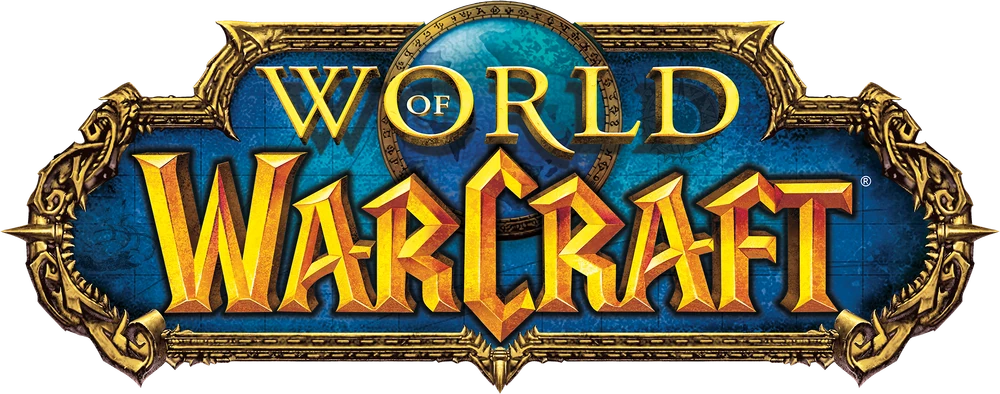In today’s digital age, online gaming has become a ubiquitous form of entertainment for people of all ages, especially kids and teenagers. It’s a world where they can embark on epic adventures, connect with friends, and challenge their skills. However, as a parent, you might have concerns about your child’s safety while gaming online. This comprehensive guide aims to provide you with insights, tips, and strategies for ensuring that your child’s gaming experience remains both enjoyable and secure.
Understanding the Online Gaming Landscape
Before diving into safety measures, it’s crucial to understand the gaming environment your child is entering. Online games can be divided into two broad categories: multiplayer online games and massive multiplayer online games (MMOs).
Multiplayer Online Games: Social and Competitive
Multiplayer online games, such as Fortnite, Minecraft, and Roblox, allow players to connect with friends and strangers worldwide. They often have social features like chat functions, friends lists, and in-game purchases. These games are typically more suitable for younger players and offer a great way for kids to interact with friends online.
Massive Multiplayer Online Games (MMOs): Vast and Complex Worlds
MMOs, on the other hand, are vast virtual worlds inhabited by thousands of players. Games like World of Warcraft, Guild Wars 2, and Final Fantasy XIV fall into this category. MMOs are known for their complexity, immersive storytelling, and intense competition. They are generally more suitable for older teenagers or mature gamers.
Online Gaming Safety: A Top Priority for Parents
As a parent, you want to ensure that your child’s online gaming experience is safe and enjoyable. Here are some essential safety tips to consider.
Open Communication
Maintain open lines of communication with your child about their gaming habits. Talk to them about the games they play, who they interact with, and how they handle in-game communication.
Set Time Limits
Gaming should be a balanced part of your child’s life. Set reasonable time limits to ensure they have time for other activities, such as homework, chores, and physical exercise.
Educate About In-Game Purchases
Many games offer in-game purchases. Teach your child about responsible spending and ensure they understand the implications of making purchases within a game.
Use Parental Controls
Most gaming platforms, such as Xbox, PlayStation, and Nintendo, offer parental control features. Utilize these tools to restrict access to certain games, limit online interactions, and monitor playtime.
Encourage Responsible Gaming
Teach your child the importance of good sportsmanship, fair play, and respectful communication while gaming. Emphasize the real-world consequences of cyberbullying or toxic behavior.
Protect Personal Information
Ensure your child understands the importance of not sharing personal information online, such as their full name, address, school, or contact details.
Stay Informed
Stay informed about the games your child plays. Familiarize yourself with the ESRB (Entertainment Software Rating Board) ratings, which provide guidance on age-appropriate content.
Play Together
One of the best ways to understand your child’s gaming experience is to join in. Play together, engage in conversations about the games, and bond over shared experiences.
Monitor Chat and Online Interactions
Keep an eye on who your child is communicating with in-game. Many games have reporting features to flag inappropriate behavior.
https://www.youtube.com/watch?v=usYvefDzOqQ
Cybersecurity Awareness
Teach your child about cybersecurity. Emphasize the importance of strong, unique passwords and not sharing account information.
Teach your child about cybersecurity. Emphasize the importance of strong, unique passwords and not sharing account information.
By following these guidelines and maintaining open communication, you can create a safe gaming environment for your child. Remember that gaming can be a positive and educational experience when approached responsibly.
